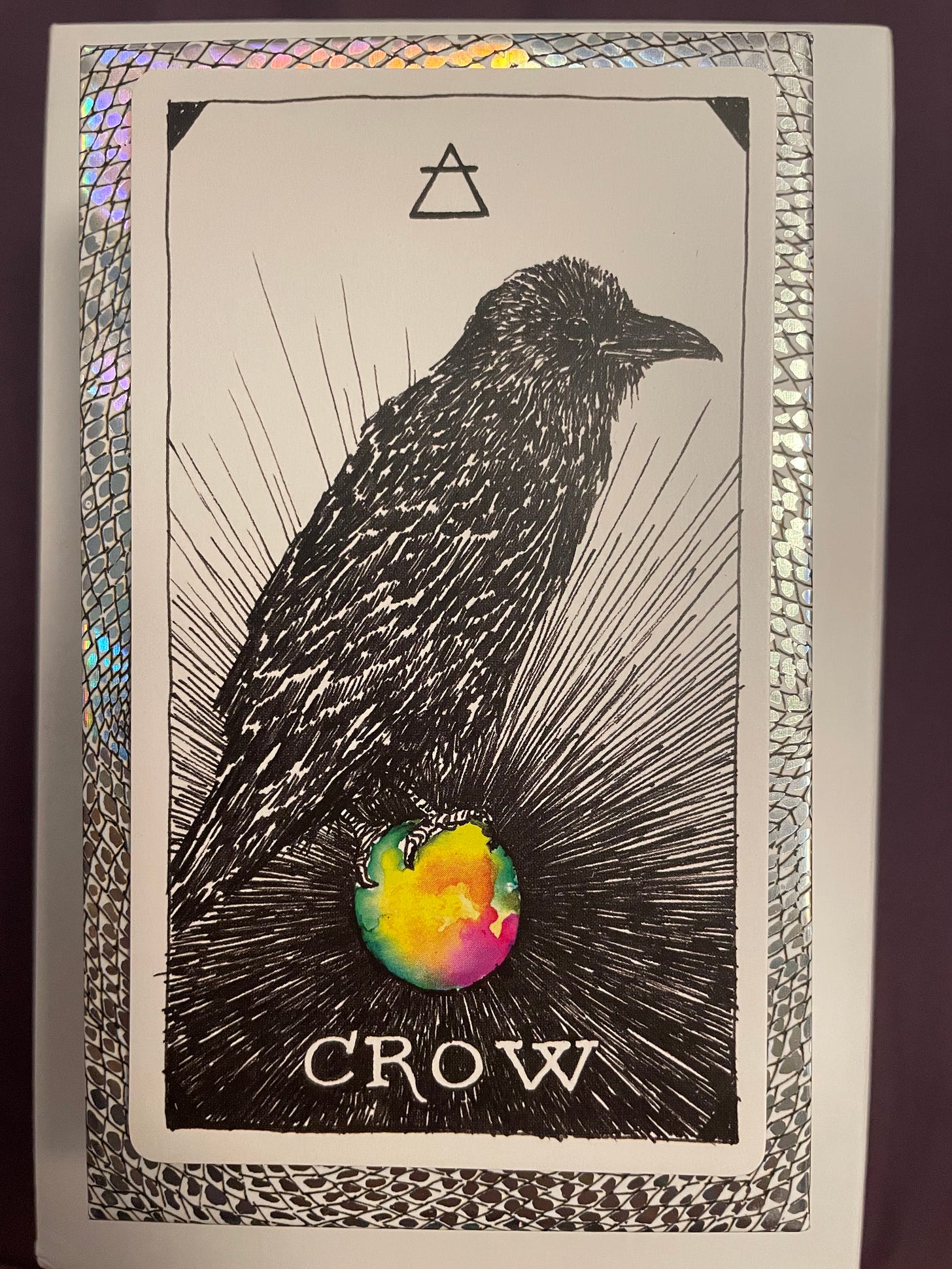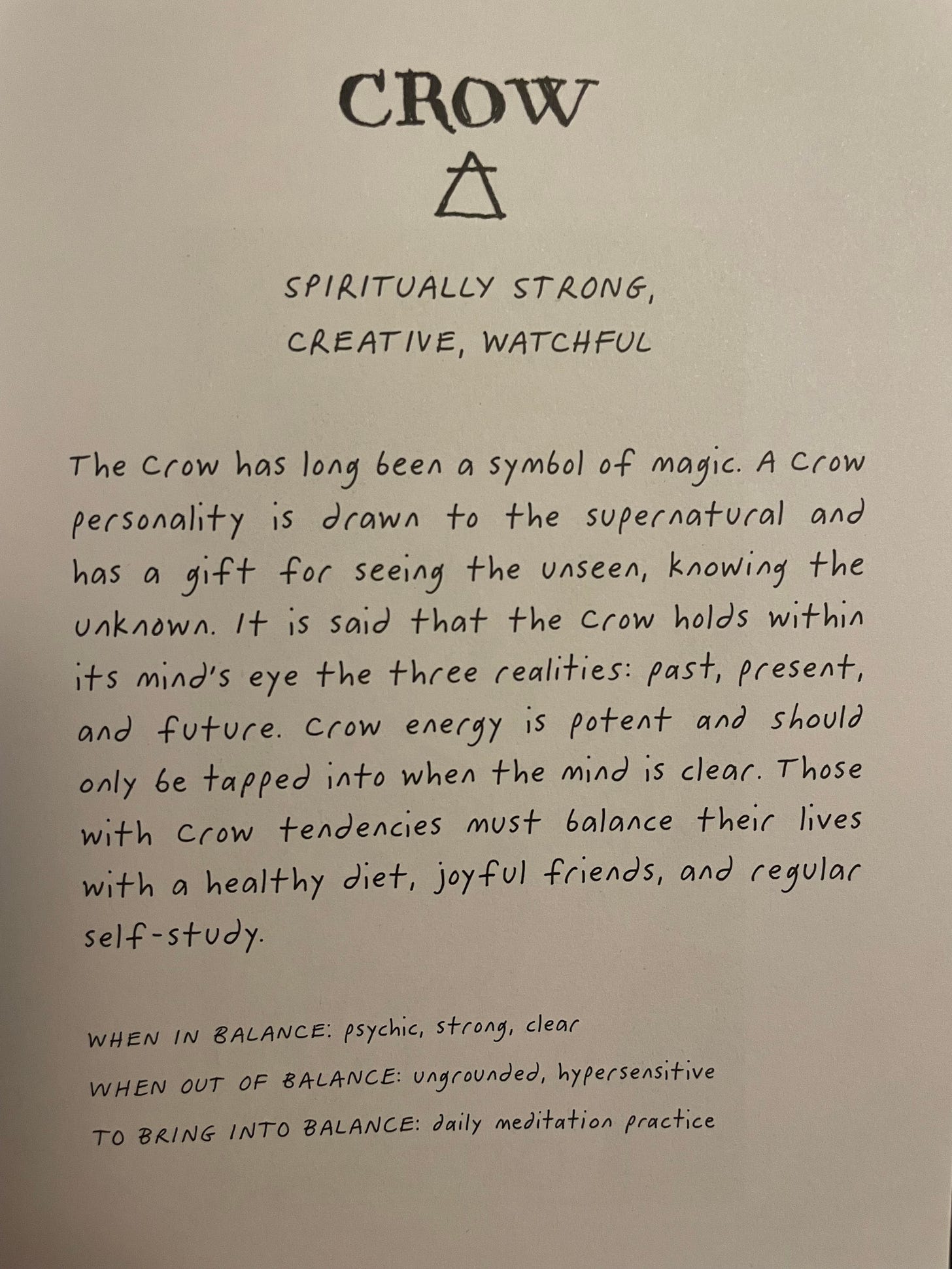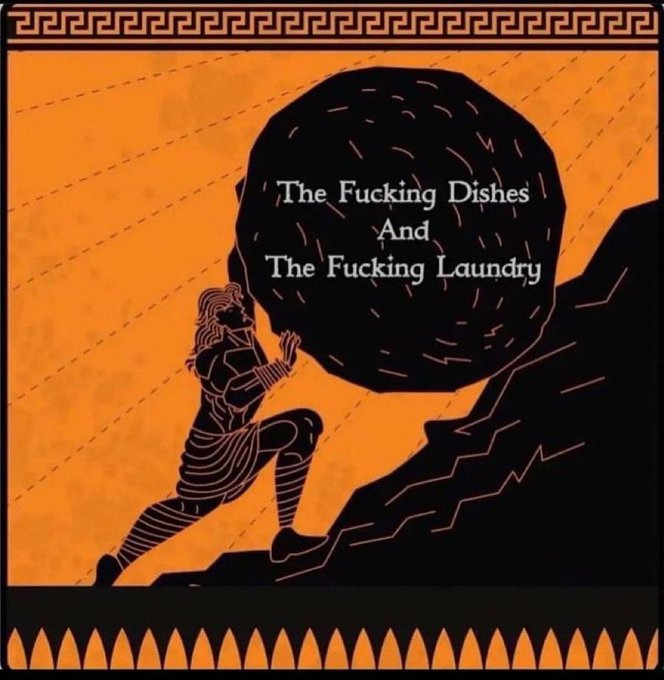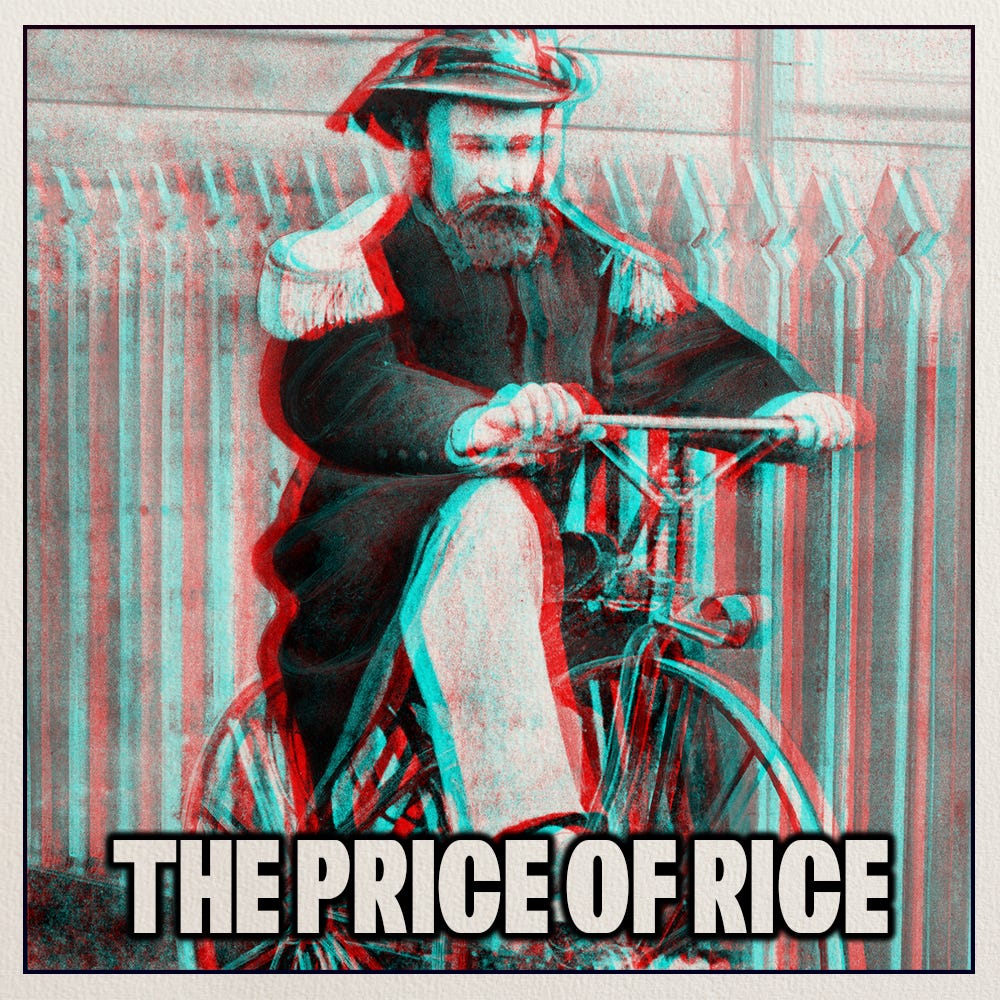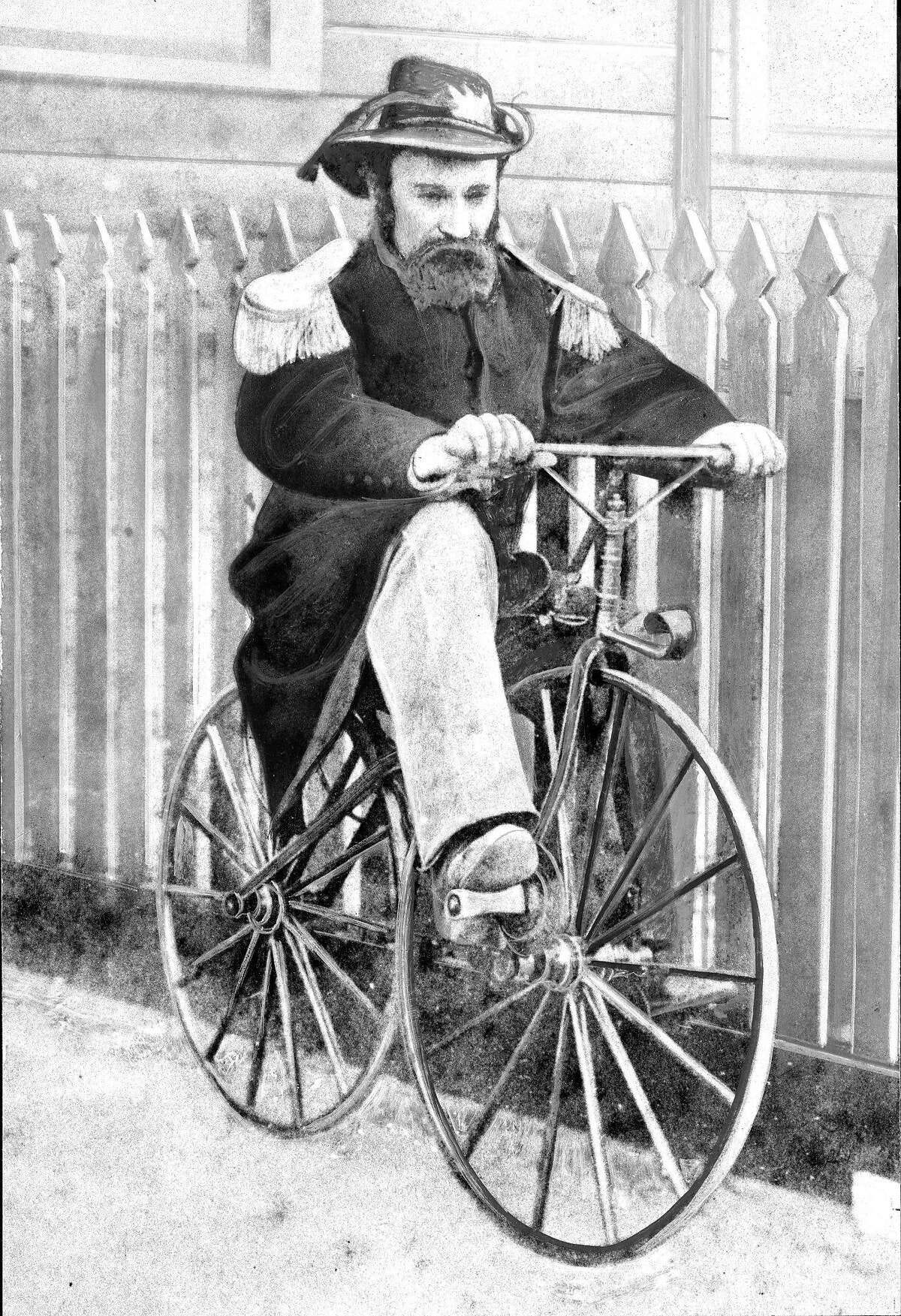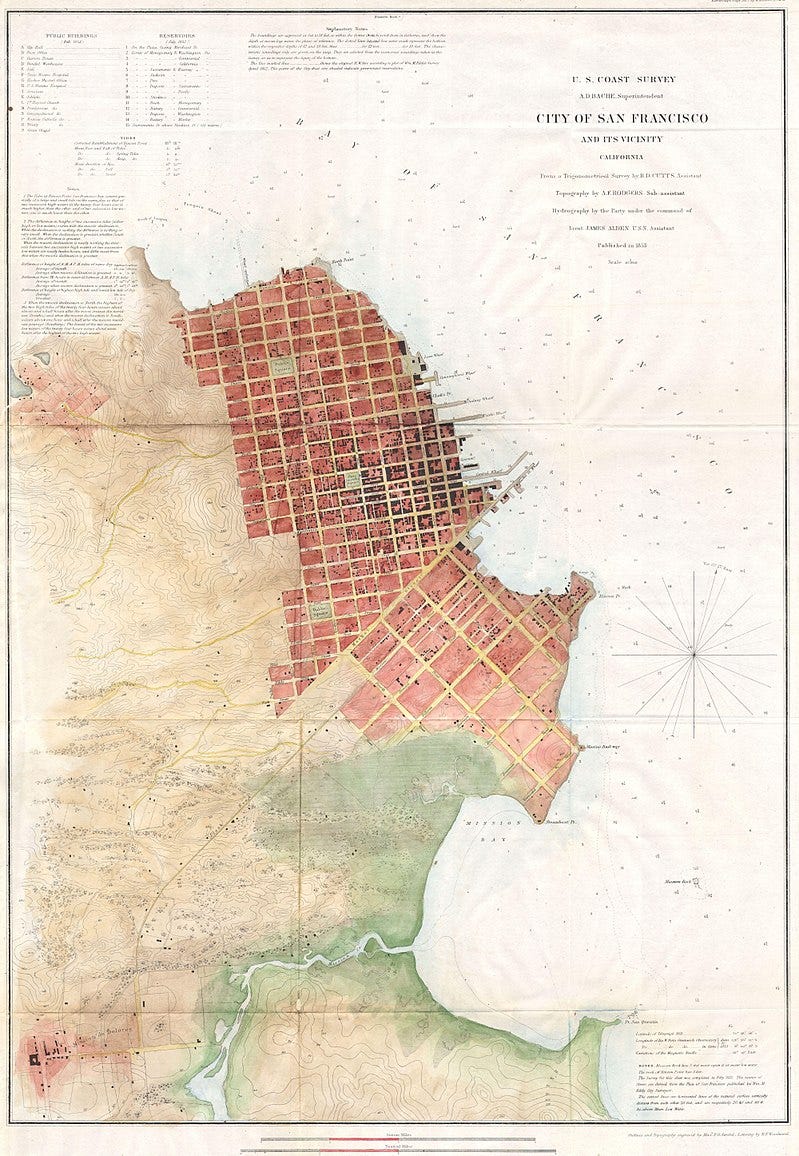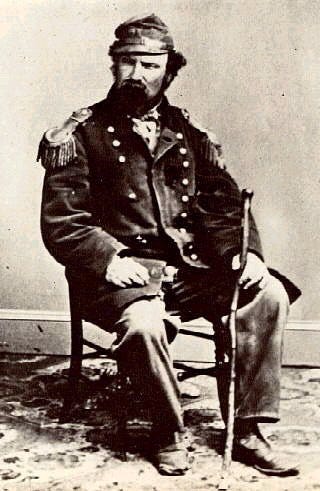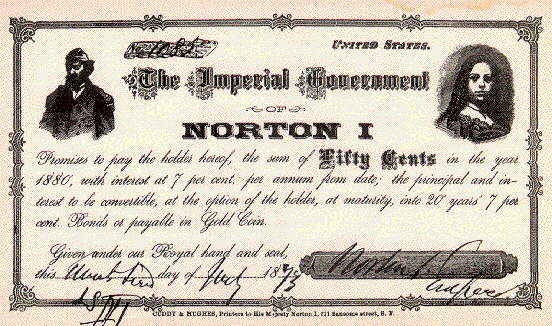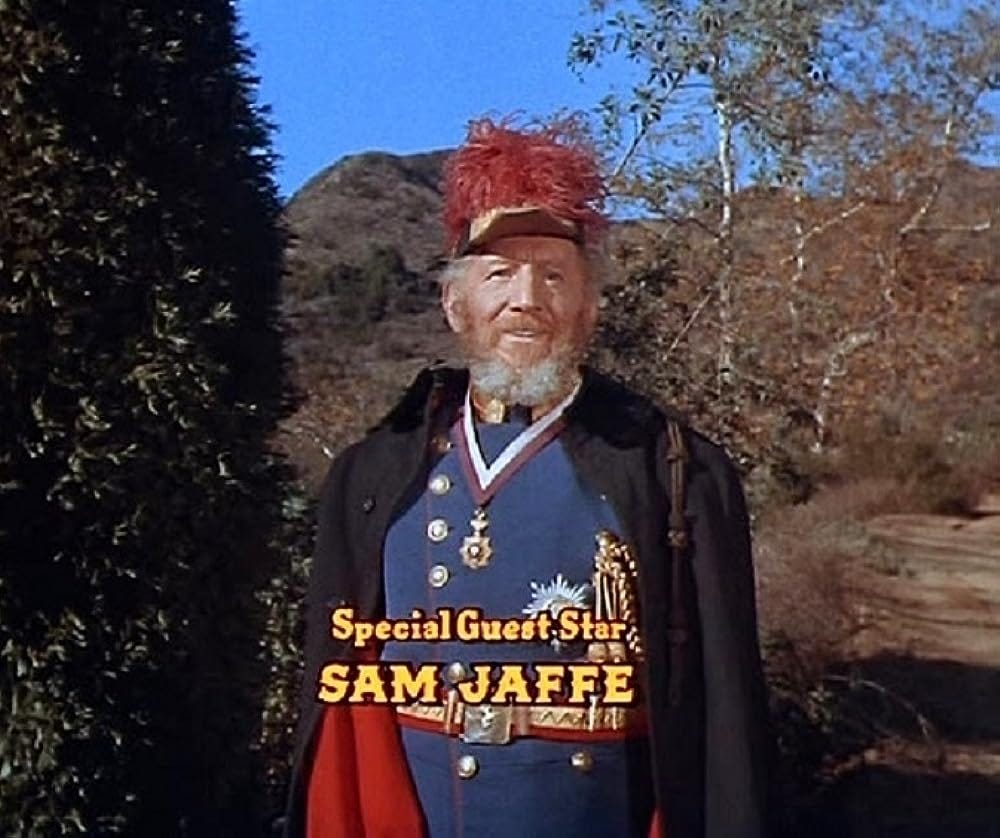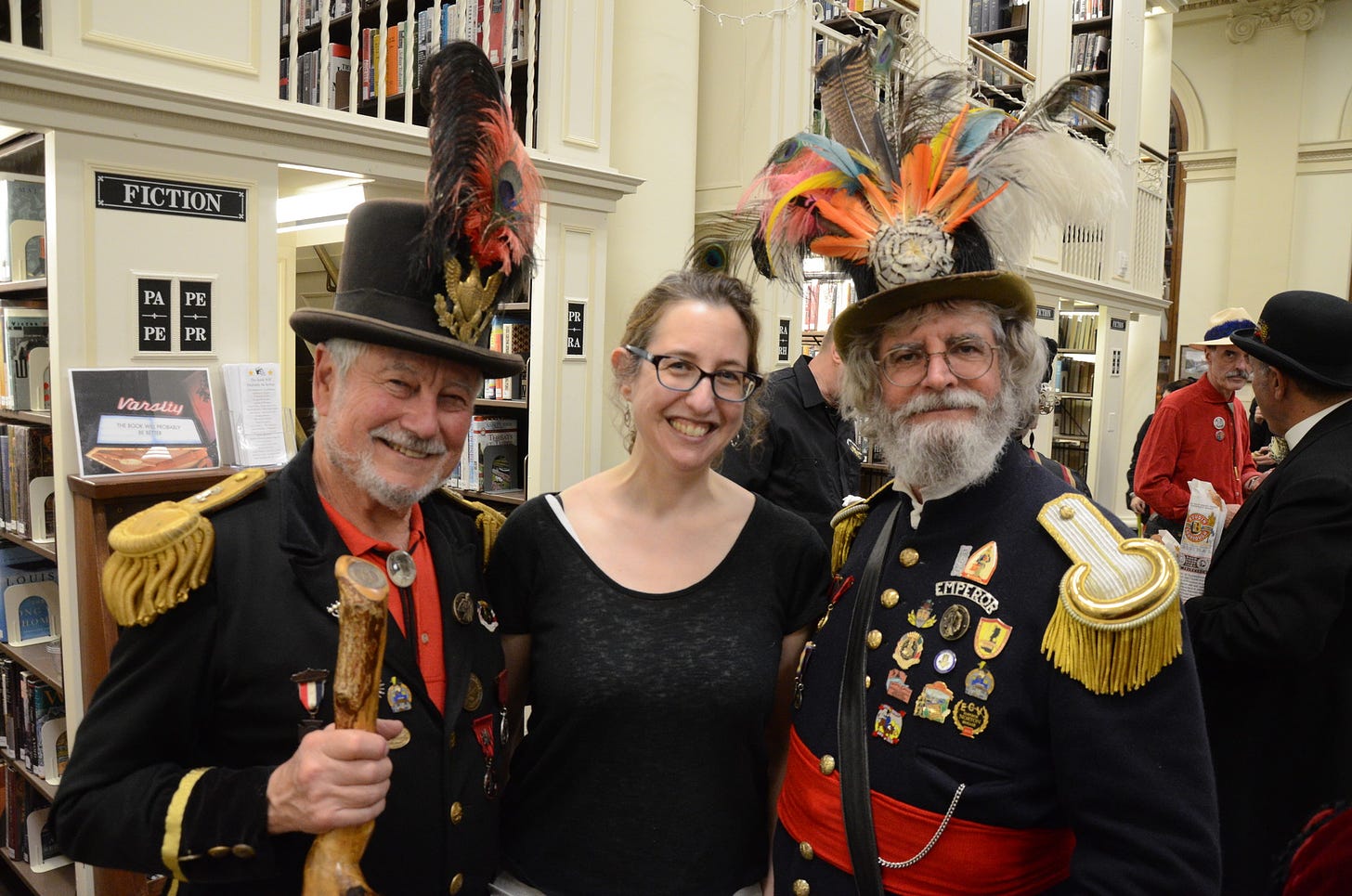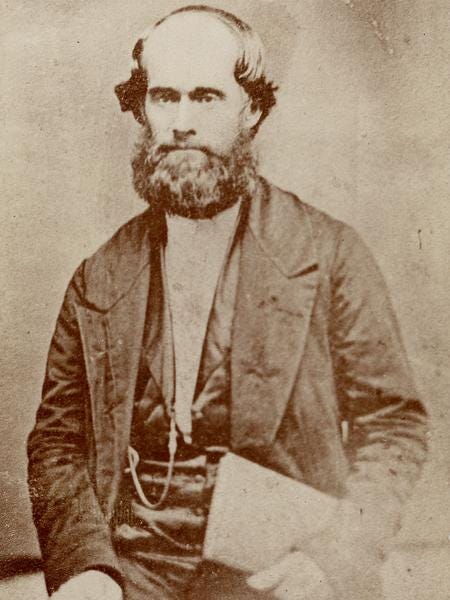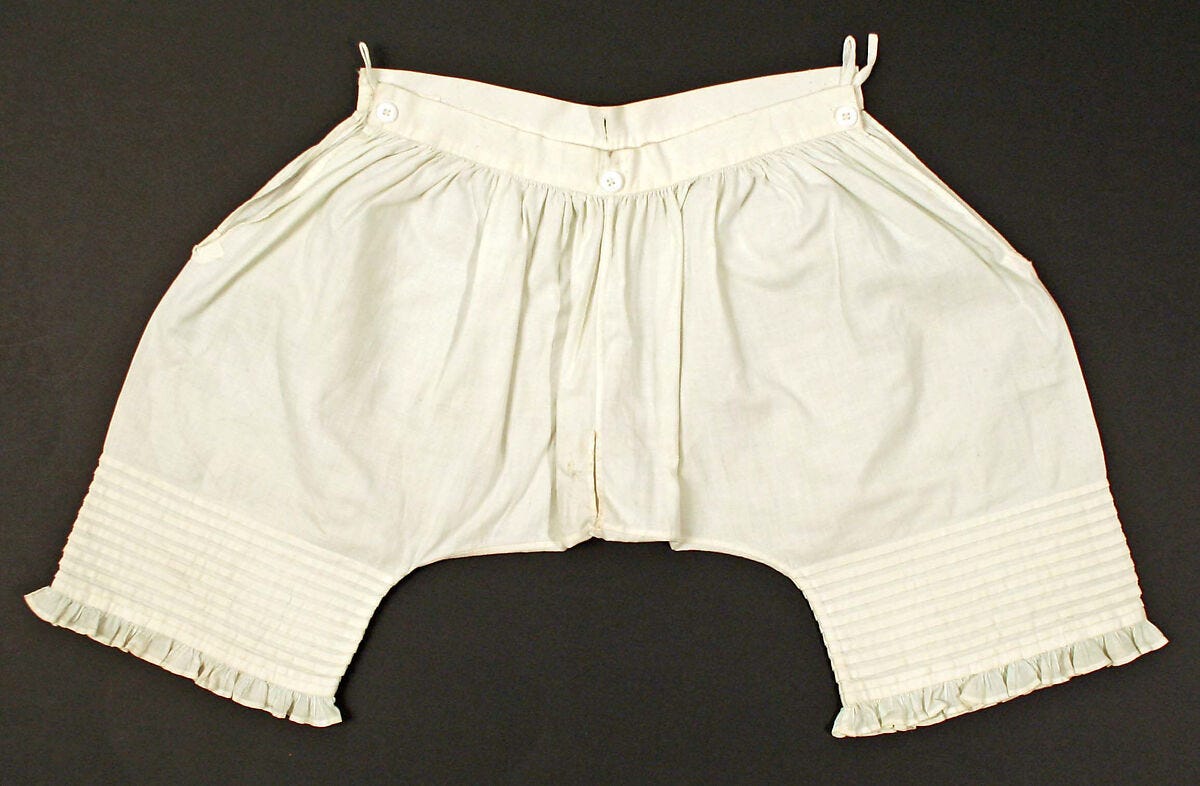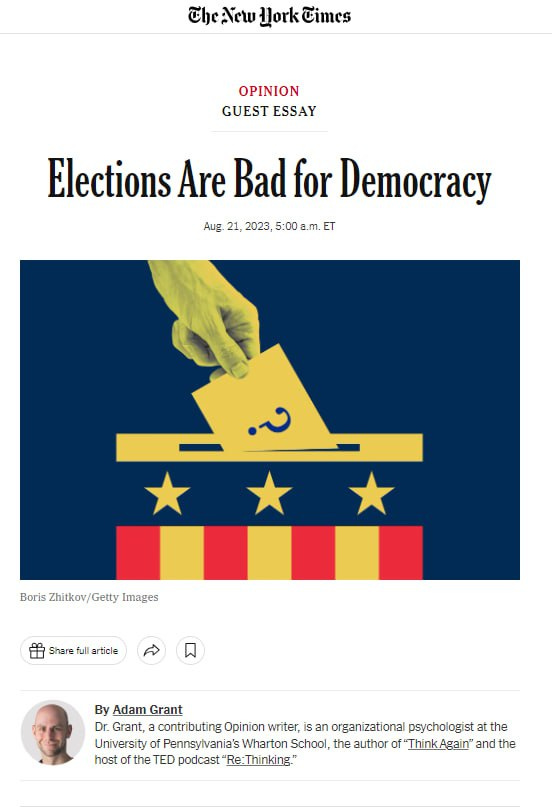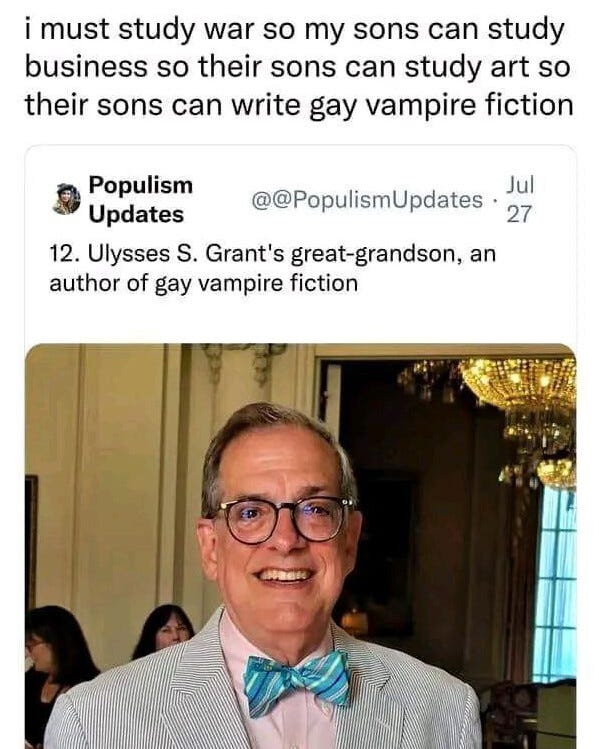S01E167: Crow Energy
Tonight’s Tarot: THE CROW
Freaks of Hazard:
Private Browsing Joins Us!!!
A murder of monthly donations flew over my house. Spaz with $9.99, Tjunta with $3.33, and Captain Oblivious with $5.55. Thank you gentlemen!
Boo-Bury for the show art and much more!
Nam for the backup recording!
SirSeatSitter says he loves you all!
Subscribe for the SXXY-est junkmail for your inbox right here!
THE PRICE OF RICE
IT’S GOOD TO BE THE KING
Norton I, Emperor of the USA and Protector of Mexico
San Francisco’s Original Eccentric Homeless Guy
Inspirations for Mark Twain, Neil Gaiman, Charles Bukowski, and more
Grant’s Account of SF 1852-1853
Norton 1 - Early Life and Rice
Emperor Norton I, was born Joshua Abraham Norton in 1819 and lived his early childhood in South Africa. By 1850 he arrived in San Francisco as a young man, and soon made a tidy fortune trading in goods in the burgeoning San Francisco market. As Yerba Buena cove was filled in, auctions were held for "made-ground," during which Norton acquired three of the four corners of Sansome and Jackson.
He also bought a couple of water lots near Rincon Point, one of which was occupied by an abandoned brig, which he converted into a warehouse. When a good part of the city was burned to the ground on May 4, 1851, Norton made a killing when his stores of goods at Rincon Point avoided the conflagration. Within a few weeks the first Vigilante Committees was born to mete out "justice" to the alleged arsonists, and Joshua Norton was a charter member.
San Francisco in the early years suffered wild price fluctuations through uneven supply and increasing demand. By December 1852, Norton owned a profitable rice mill. Thanks to San Francisco’s location, Chinese rice was a staple of local markets. However, thanks to the Nian Rebellion, there was a famine in China, and they banned the export of food crops entirely. In San Francisco, Rice had climbed from 4 cents to 36 cents a pound. Merchants from Peru offered Norton a shipload of 200,000 pounds of Peruvian rice at 12.5 cents, and he accepted with a large, risky investment. Unfortunately, a dozen more Peruvian ships full of rice followed that ship into port, flooding the market and driving the price down to 3 cents a pound. Norton lost everything and never recovered.
12.5 cents per pound / 200,000 pounds = $25,000 (in 1850’s dollars)
3 cents per pound / 200,000 pounds = $6,000
Norton spent the next few years trying to sue the Peruvian merchants, but this only dwindled his remaining wealth to the clutches of blood sucking lawyers.
Impoverished in such a wild place for nearly a decade amidst the rising tensions of a looming Civil War, Joshua Norton seems to have had a mental breakdown.
US Grant has an account of the city at this time when he was a young Captain.
Norton 2 - An Emperor is Born
In 1859, Norton delivers his first imperial declaration to George Fitch, a local journalist for the Bulletin.
"At the peremptory request of a large majority of the citizens of these United States, I, Joshua Norton, formerly of Algoa Bay, Cape of Good Hope, and now for the past nine years and ten months of San Francisco, California, declare and proclaim myself Emperor of these U.S., and in virtue of the authority thereby in me vested, do hereby order and direct the representatives of the different States of the Union to assemble in the Musical Hall of this city on the 1st day of February next, then and there to make such alterations in the existing laws of the Union as may ameliorate the evils under which the country is laboring, and thereby cause confidence to exist, both at home and abroad, in our stability and integrity.
— NORTON I, Emperor of the United States."
After Napoleon the III threatened America’s southern neighbor nation, kind Emperor Norton also took it upon himself to extend his personal protection towards Mexico.
List of Decrees
September 17, 1859 – Joshua A. Norton, who lost his money in an attempt to corner the rice market, today declared himself Norton I, Emperor of the United States and Protector of Mexico.
December 2, 1859 – Norton I dismissed Gov. Wise of Virginia for hanging John Brown and appointed John C. Breckenridge of Kentucky to replace him.
February 1, 1860 – Decree from Norton I ordered representatives of the different states to assemble at Platt’s Music Hall to change laws to ameloriate the evils under which the country was laboring.
July 16, 1860 – Decree from Norton I dissolved the United States of America.
October 1, 1860 – Decree from Norton I barred Congress from meeting in Washington, D.C.
February 5, 1861– Norton I changed the place of his National Convention to Assembly Hall, Post and Kearny, because Platt’s Music Hall had burned.
September 17, 1861 – A new theater, Tucker’s Hall, opened with a performance of “Norton the First,” or "An Emperor for a Day."
October 1863 – Death of Lazarus, Emperor Norton’s dog.
February 14, 1864 – Norton I arrived in Marysville to join the celebration of the opening of the railroad.
November 11, 1865 – Mark Twain wrote an epitaph for Bummer, the long-time companion of Lazarus.
January 21, 1867 – An overzealous Patrol Special Officer, Armand Barbier, arrested His Majesty Norton I for involuntary treatment of a mental disorder and thereby created a major civic uproar. Police Chief Patrick Crowley apologized to His Majesty and ordered him released. Several scathing newspaper editorials followed the arrest. All police officers began to salute His Majesty when he passed them on the street.
July 25, 1869 – Decree from Norton I that San Franciscans advance money to Frederick Marriott for his airship experiments.
August 12, 1869 – Decree from Norton I dissolved and abolished the Democratic and Republican parties because of party strife now existing within our realm.
December 15, 1869 – Norton I, Emperor of the United States and Protector of Mexico, left San Francisco to seek his yearly tribute from the legislature and lobbyists. He inspected the new capitol during the gala ball celebrating the buildings’ inauguration.
December 16, 1869 – Decree by Norton I demanded that Sacramento clean its muddy streets and place gaslights on streets leading to the capitol.
August 1, 1870 – Norton I was listed by the Census taker with the occupation of “emperor,” living at 624 Commercial St.
September 21, 1870 – Decree from Norton I that the Grand Hotel furnish him rooms under penalty of being banished.
March 23, 1872 – Decree by Norton I that a suspension bridge be built as soon as convenient between Oakland Point and Goat Island, and then on to San Francisco.
September 21, 1872 – Norton I ordered a survey to determine if a bridge or tunnel would be the best possible means to connect Oakland and San Francisco. He also ordered the arrest of the Board of Supervisors for ignoring his decrees.
January 2, 1873 – Decree from Norton I that a worldwide Bible Convention be held in San Francisco on this day.
March 18, 1873 – David Belasco made his stage debut at the Metropolitan Theatre playing Emperor Norton in the play “The Gold Demon.”
January 8, 1880 – Norton I dropped dead on California St. at Grant Ave. He was on his way to a lecture at the Academy of Natural Sciences.
January 9, 1880 – Headline in the Morning Call: “Norton the First, by the grace of God Emperor of the United States and Protector of Mexico, departed this life.”
January 10, 1880 – Norton I was buried today at Masonic Cemetery. The funeral cortege was two miles long. 10,000 people turned out for the funeral.
June 30, 1934 – Emperor Norton I reburied in Woodlawn Cemetery by citizens of San Francisco.
January 7, 1980 – The city marked the 100th anniversary of the death of its only monarch, Emperor Norton, with lunch-hour ceremonies at Market and Montgomery streets.
FIVE WIVES
THE STRANG GANG
In the era of pervasive social media influence, lack of confidence in authority, and widespread financial instability, many people are looking for answers. In such times of social upheaval, humans often search for someone they can believe in; a balm for the chaos of daily existence, a ferryman into a sense of purpose and community. For some, that comes in the form of influencers, TV personalities, politicians, or celebrities. Others are a fusion of those like Joel Osteen or Theresa Caputo. Spirituality especially is a sure-fire way to get people to listen to you (and perhaps give you a lot of money and even their women, it seems). Some say that Americans tend to be uniquely predisposed to accept the absurd, as long as the marketing is good. And were our character of note alive today, he would absolutely have millions of followers and a hastily written self-help book at the top of the New York Times’ Bestseller list.
Meet James Strang, an antebellum-era “confidence man” at the time the term was coined. Conmen seemed to be everywhere, some of whom you have even heard of and are lauded as impressive Capitalists. Here is Miles Harvey, the author of a book about Strang called The King of Confidence (2020) [C-SPAN clip 7:38-8:58].
In early 1800’s America, the people of our newly independent nation found themselves in need of identity and purpose; as such, there was a great flourishing of religious movements, many started by confident men who sold ideas of salvation and prosperity as told to them by some unseen deity. One such man was James Strang, siphoning off thousands of devout Mormon followers - but before we dive into him, we have to know a little about another “confidence man” named Joseph Smith, and the religious upset that was going on at the time.
Joseph Smith, Jr. was born in Vermont in 1805, to a father who was a farmer and a repeatedly failed businessman. Joseph, Jr. would help his family search for treasure using “seer stones” carried in a hat that supposedly helped them find valuables amongst the New England wilderness. When he was 11, Smith and his family moved to Palmyra, New York, “within an area known as the ‘Burned-over District’ for the evangelical fervor of its residents.” Purportedly, at 14 years old Smith goes into a grove of trees to pray to God about the religious discontent of the time, unsure which direction to go for his own spiritual determination. This event is referred to as the First Vision by Latter-Day Saints, colloquially known as Mormons. It is often cited as the pivotal moment that defined Smith as a true prophet of God on earth today. Then there are the golden plates, which he said the angel Moroni showed him in a vision with a flaming sword, and only a few trusted members saw them but none of the followers ever did, and he translated them with seeing stones in a hat while his wife Emma transcribed his words, which eventually becomes the Book of Mormon.
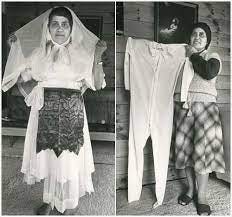
One of the more problematic tenants of early Mormonism was plural marriage, which despite apologists’s feeble explanations was NOT normal at the time and NEITHER was marrying minors, although Smith did both and was married 25 times. Despite much of the public finding him to be troublesome and even pathetic (he failed to garner a presidential nomination after campaigning in 1844) he nonetheless gained tens of thousands of followers over the next few years. At one point Smith is tarred and feathered by a mob in Kirtland, Ohio because the locals were angry about the “growing Mormon influence,” but he survives. He and the members of the fledgling Mormon church were constantly pushed out of various communities because they were weird and didn’t seem like real Christians to people at the time, even to the point of violence against the members and government-sanctioned extermination. Despite this, Smith makes it all the way to 1844 in Illinois where he is shot and killed by a mob in his jail cell, arrested for inciting a riot against the Nauvoo Expositor newspaper for printing unsavory facts about him. No one was ever convicted for the crime.
Enter James Strang, who was baptized by Smith himself and ordained an Elder, or high-ranking church leader. Also like Smith, he was raised in the Burned-Over district in New York. In his youth, Strang was a self-proclaimed atheist which was a dangerous claim to make at the time. [C-SPAN clip 9:00-9:57].
He became a lawyer at age 23 despite having little formal schooling due to sporadic availability of teachers in his rural school and his delicate health (wiki). Since he kept detailed journals from his youth to his death, there is evidence that he seemed to express a real desire to help his fellow man, “including a sense that he was called to be a significant world leader the likes of Caesar or Napoleon and his regret that by age nineteen, he had not yet become a general or member of the state legislature, which he saw as being essential by that point in his life to his quest to be someone of importance.” (wiki)
Like Smith, he saw an opportunity to lead people into a sort of Utopia and convinced about 5,000 members to follow him after Smith’s death. A major contributor in becoming the de-facto leader of the Church was a letter he produced from Smith detailing Strang as the next leader of the LDS church. This document was believed to be legitimate by many of Smith’s family and closest allies. However, this claim to the position of church Prophet, Seer, and Revelator was contested by Brigham Young as he led an expedition west to the Utah Territory to practice plural marriage in a place seemingly outside of the reach of the US government. Strang differentiated himself from Young by being in staunch opposition to the Church’s practice of polygamy.
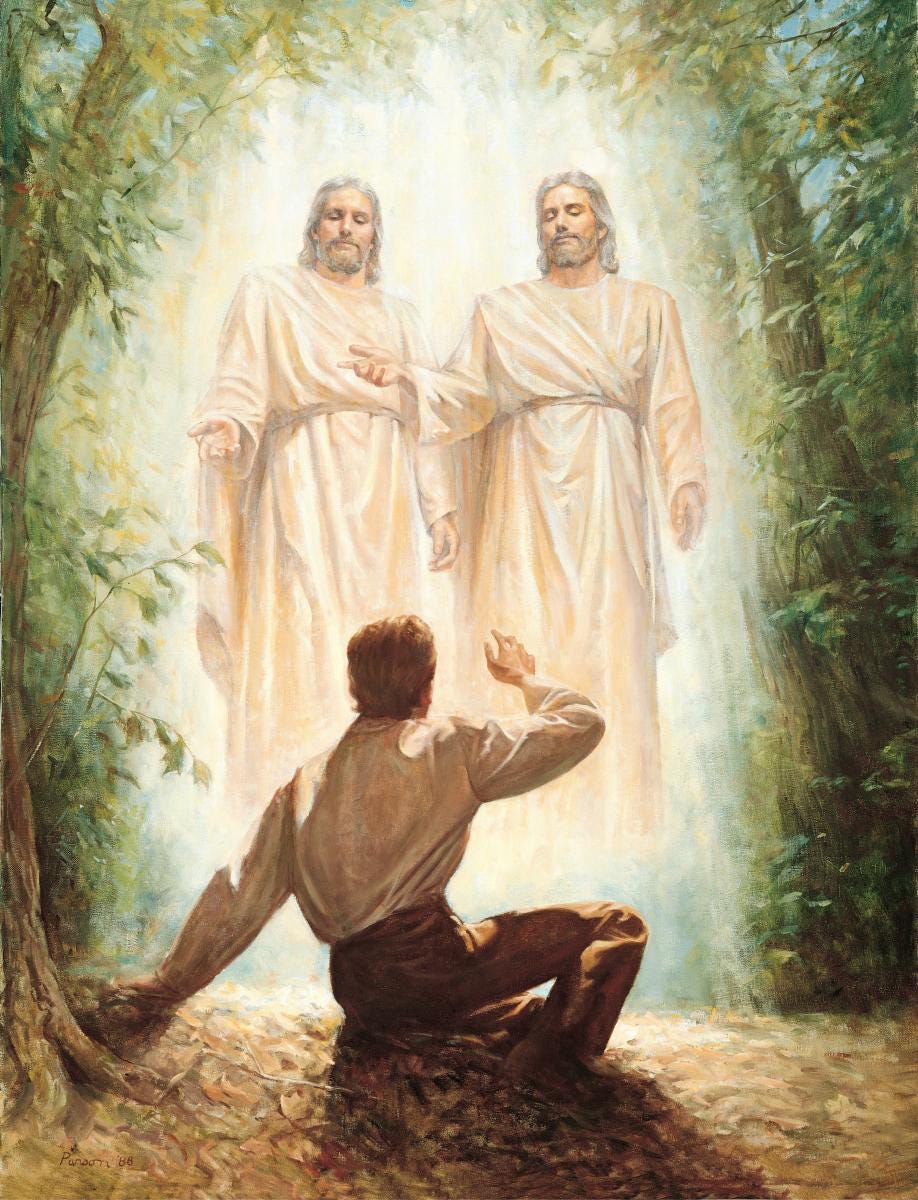
Strang’s real rise to power started in 1845 when he “persuaded a group of his own followers (Strangites), including Smith’s brother William, to move to Voree, WI, where they organized the new sect. There… he allegedly translated (with the aid of magic spectacles given him by an angel) The Book of the Law of the Lord from golden plates from the Ark of the Covenant. Strang then established a secret society that swore allegiance to him and operated under puritanical rules.” Sound familiar?
Strang continued to mirror much of Smith’s tactics as prophet of his own flavor of Mormonism. Things seemed to be going well for about 6 years, as he started a newspaper on Beaver Island in a town they called St. James. In 1850 he became King of the Island with a full coronation complete with a decidedly regal getup: About 300 people witnessed his coronation, for which he wore a bright red flannel robe which was topped by a white collar with black speckles. His crown was made of tin, rather than gold, and it is described in one account as being "a shiny metal ring with a cluster of glass stars in the front."[7] Strang also sported a breastplate and carried a wooden scepter. (wiki). He produced many written transcriptions of powerful visions and holy direction for his church members, which included baptisms for the dead, as well as animal sacrifice used as celebration. Unlike mainstream Mormonism, he welcomed black people to join and even ordained some to higher office. He was elected to the Michigan state legislature twice and passed 5 of the 11 bills he proposed. He was well on his way to becoming the world leader he had dreamed of in his youth.
However, all was not well in paradise. (Begin wiki) Many defections, however, were due to Strang's seemingly abrupt "about-face" on the turbulent subject of polygamy…Strang reversed course in 1849 and became one of its strongest advocates, marrying five wives (including his original spouse, Mary) and fathering fourteen children. Since many of his early disciples viewed him as a monogamous counterweight to Brigham Young's polygamous version of Mormonism, Strang's decision to embrace plural marriage proved costly both to him and his organization. Strang defended his new tenet by claiming that, far from enslaving or demeaning women, polygamy would liberate and "elevate" them by allowing them to choose the best possible mate based upon any factors which were deemed important by them. Rather than being forced to wed "corrupt and degraded sires" due to the scarcity of more suitable men, a woman could marry the man who she believed was most compatible to her, the best candidate to father her children and give her the finest possible life, even if he had multiple wives.[33]At the time of his death, all four of Strang's current wives were pregnant, and he had four posthumous children. (end wiki) One of his wives was 17 when he was 42, further cementing his similarities to Smith. Conmen gonna con, amirite?
Interestingly, another deciding factor to his downfall (besides the practice of polygamy) was telling women what to wear. [dissenting moment C-SPAN clip 16:05-17:27]. (Interestingly, mainstream Mormonism also has mandatory holy underwear for its members known as temple garments, see pictures for comparison.)
He was killed by a disaffected member of his sect, Thomas Bedford. He was shot three times in full view of the U. S. S. Michigan, which was in port alongside Beaver Island at the time. None of the officers moved to do anything about the murder, as President Millard Fillmore was also making moves against Strang due to his establishing a kingdom within the borders of the United States. Soon after his death, the remaining Strangites were driven off the island by locals and his influence is largely unacknowledged in mainstream Mormonism today. His legacy is still felt in many townships across Michigan, however, due to his political influence and involvement in the state’s development. I’m interested in Strang because he is a confusing character: did he really want to help people, or was he megalomaniacal? Did he see an opportunity to ride on the coattails of another conman, or did he have a genuine albeit unusual way of going about leading people to salvation? Additionally, why do people follow others in the face of increasingly absurd demands? To the average person, Mormonism remains a neutral religion at best and an obnoxiously persistent one at worst, but most don’t know about the King of Beaver Island who took directly out of Joseph Smith playbook to become a fairly successful cult leader and politician in early American history. What would the mainstream CHurch be like if Strang had superseded Young as the leader? Probably just as culty as it is now, although many seem to disagree on that categorization. In any case, He is an interesting figure who is often overlooked when examining American religions in a fascinating period of our history.
Bonus content: [Do Americans love Conmen? Charles Dickens made some salient observations about that, and Harvey speaks on it as well. C-SPAN clip 19:56-22:54]
OPENER
Robert Steele - Take The Deal (BigSkyRider)
INTERMISSION
Tempest - As Long As It's Rock
Have Fun - MakeHeroism, Fletcher, Blaney
Lady of the Night - Fletcher, DuhLaurien
Christian Leuenberg - The Rulers
Christian Leuenberg - Impersonal Number
Higher - Mayday Mayday ft. Sir Brian with an I
CLOSER
HoliznaPATREON - I've Got The Blues






